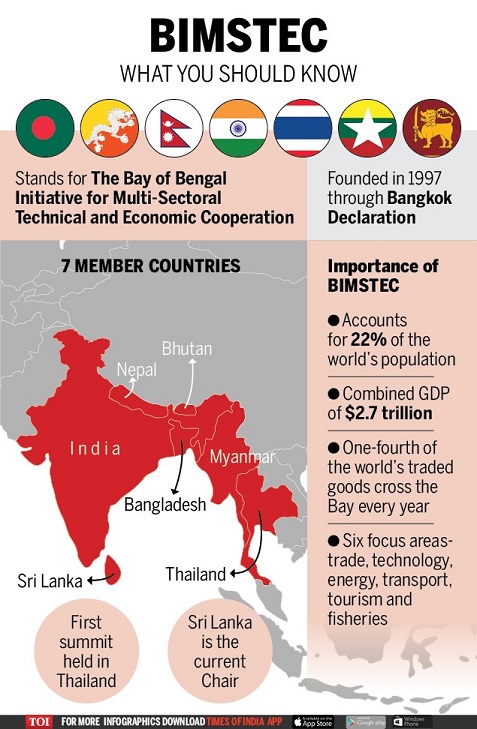7667766266
enquiry@shankarias.in
Sri Lanka is gearing up to host the Fifth Bay of Bengal Initiative for Multi-Sectoral Technical and Economic Cooperation (BIMSTEC) Summit.

References